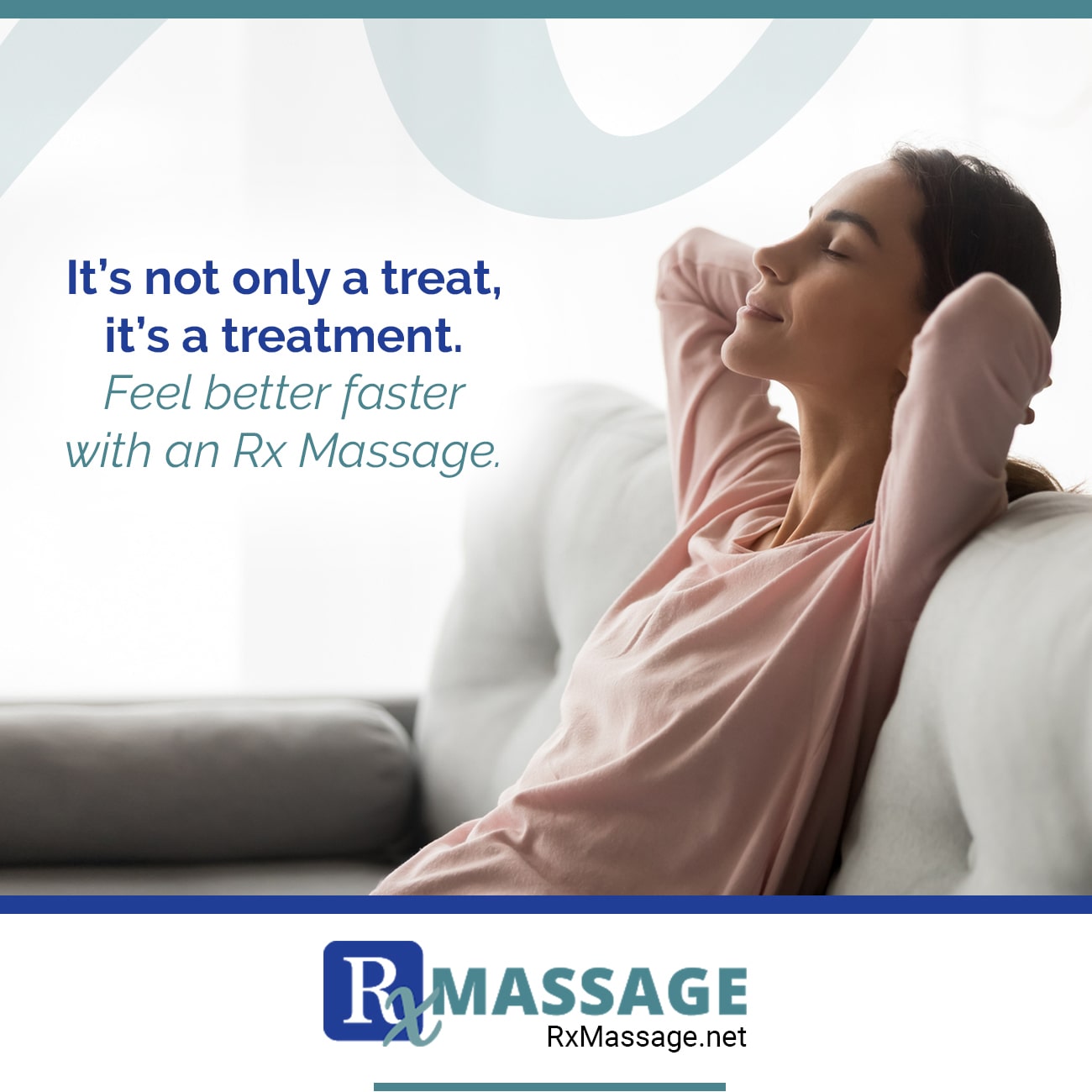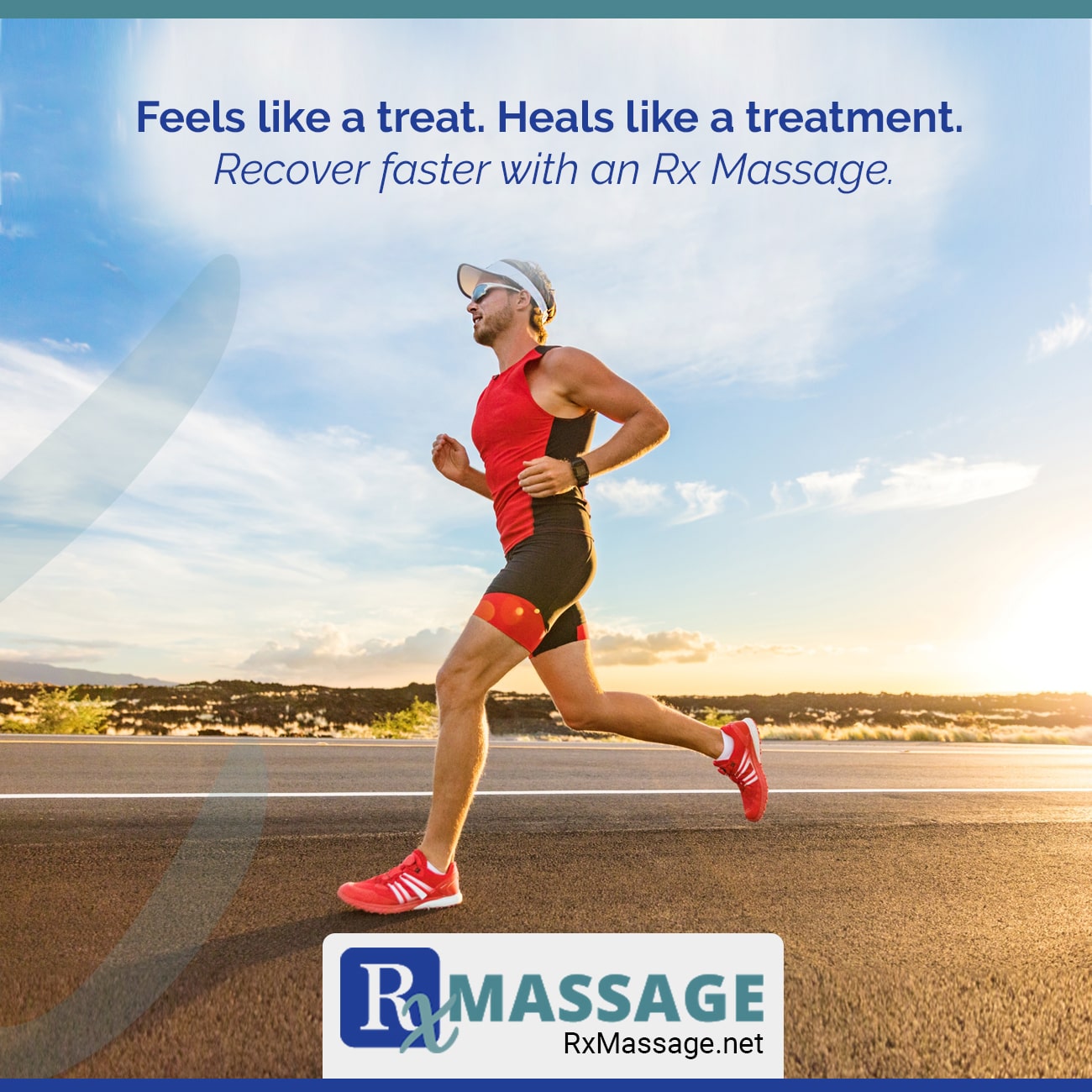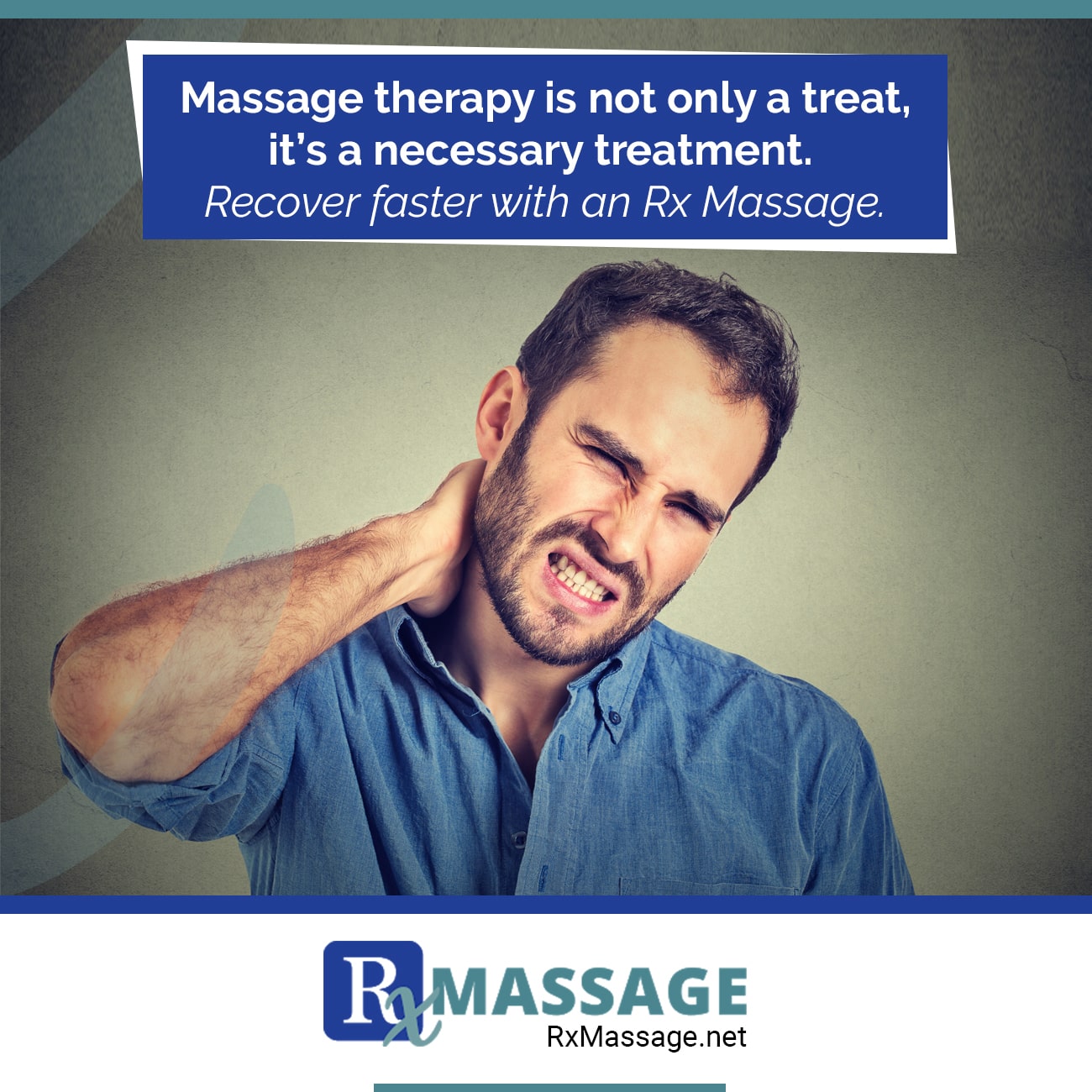Aging Gracefully with Massage
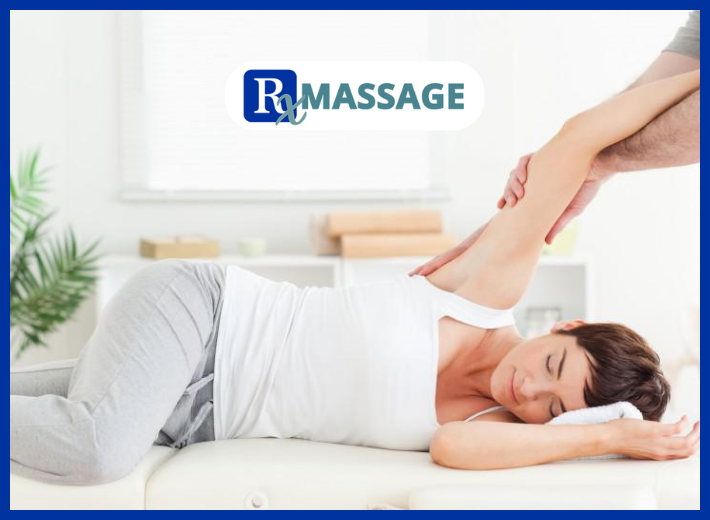
01
2022
Our bodies will change through time. During the aging process, we can use all the care, and a therapeutic massage is key. Read on to learn why massage therapy can be so beneficial for older people. Recall, our Rx Massage can also complement your PT program, as we can have therapists share pertinent information with your consent for your best recovery and progress.
Massage therapy as an industry has come a long way since I began my career in the 1980’s. Instead of using just the traditional “Swedish” massage, most practitioners now need to learn special techniques to work with different populations such as athletes, infants, pregnant women and seniors. Americans are also indicating they view massage therapy as a vital part of staying healthy. According to the 2013 Massage Therapy Industry Fact Sheet, more than half of those surveyed want insurance companies to cover massage therapy. One group of people who would reap the benefits of this, when it happens, are the elderly.
Massage is a non-invasive, enjoyable way to help alleviate the symptoms of many age-related diseases and improve a person’s quality of life. With thousands of baby boomers now retiring every day, learning how to safely work with elderly clients is something every practitioner should consider. Your clients will not only benefit from massage, but you will as well, by making yourself more marketable and reaping the rewards of working with this very special group of people.
Older Americans represent the greatest challenge to massage therapists. When working with this group, you could help prepare a 70-year-old marathoner for the next event, or you could simply hold an exhausted hospice patient. The effectiveness of massage rests in the fact that it impacts the whole body. Not only does massage ease muscle and joint pain, it also reduces stress, which often increases in old age. When using proper geriatric bodywork technique, it is almost impossible to do damage to patients – which sounds much more attractive than what all those warning labels say on medication bottles. These are just some of the reasons why massage is increasingly employed in the care of both the robust and the frail elderly.
In fact, Krista Broshears, a Wellness Director, is charged with doing just that: making sure massage therapy is part of her residents “health care” regiment. Like many retirement centers across the country, Hoosier Village Retirement Center in Indianapolis has changed its model from focusing on illness, to focusing on wellness. As a result, it now has a Wellness Director, responsible for offering programs that address the physical, mental, social, intellectual and emotional needs of clients. Enter Krista, who organizes and oversees activities such as personal training, group exercise, support groups, Bible study, Happy Hour, “Brain-Fit” and massage therapy.
“Massage therapy has been a wonderful addition to the Hoosier Village wellness menu. Residents are using the massage therapy services to compliment their traditional medical services. Residents use massage as a natural way to deal with multiple symptoms caused by chronic ailments. These residents are experiencing a decrease in pain, more energy and an over-all sense of well-being,” said Krista. “With much success, our massage therapy participants have sought massage to alleviate problems due to Parkinson’s disease, Alzheimer’s disease, poor circulation, diabetes and arthritis. Massage therapy is a wonderful benefit to our residents and it has made the facility more marketable to prospective residents.”
The positive effects of massage rest on sound science. Even a gentle massage has a proven effect on blood circulation and the nervous system. These two body systems are especially vulnerable to the effects of aging. Geriatric massage stimulates these systems in a natural, pain-free way. Because of this, there are none of the side effects that are present in many medications. This is important for those who are being treated for Parkinson’s disease, diabetes, depression and many other conditions requiring regular medications. In many cases, a regular massage (once a week) enables the physician to reduce medications. Proper geriatric massage also helps strengthen muscles weakened by disuse and helps reduce pain and stiffness in the hip, knee and shoulder joints. This is why the professional geriatric massage therapist routinely asks for permission to talk with or get written permission from a physician for an elderly client’s massage.
There are many age-related conditions that can be improved with a weekly half-hour massage. Research has shown that even people living with chronic conditions such as Parkinson’s disease respond positively to the skilled hands of a geriatric massage therapist.
Definition of Geriatric Massage
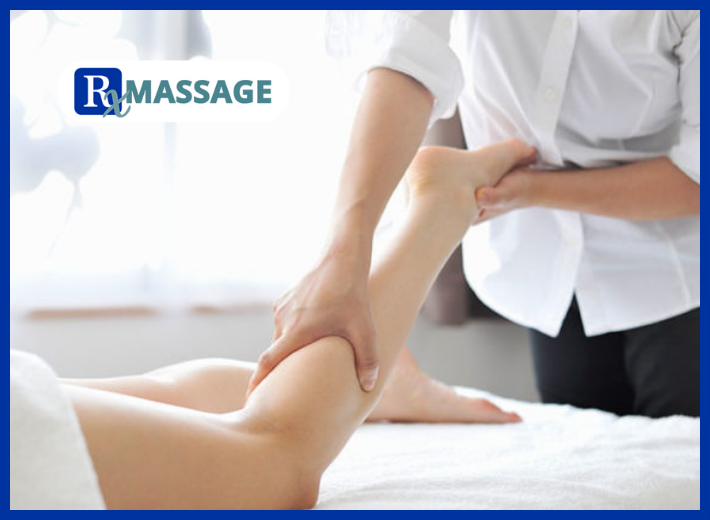
Geriatric massage is a form of massage designed to meet the specific needs of the elderly population. It involves using massage hands to manipulate the soft tissues of the body to improve blood circulation, relieve pain and increase range of motion. Active or passive movement of the joints may also be part of geriatric massage.
Elderly people often suffer from a variety of such age-related diseases as Parkinson’s, arthritis, diabetes, heart disease or strokes. As a result, they have poor circulation and limited physical capability. Many of them are also anxious, depressed and lonely. Geriatric massage can help them maintain and improve their overall health, as well as regain certain physical functions that have been reduced or lost due to aging. In addition, it can relieve anxiety and depression and provide comfort to touch-deprived elderly patients and improve their quality of life.
Benefits
Geriatric massage offers the following benefits:
- Improvement of the patient’s quality of life and self-esteem.
- Improvement in length and quality of sleep.
- Relief of stress, anxiety, depression and loneliness.
- Alleviation of headaches and pain.
- Speeding up of healing from injury and illness.
- Partial restoration of mobility lost due to Parkinson’s disease, arthritis, etc.
- Mental and physical relaxation.
- Improvement in lymphatic flow which increases the excretion of toxic substances from the body.
Characteristics
Geriatric massage uses some of the same basic massage techniques as other modalities. It is, however, tailored to the specific health conditions and needs of the elderly population. Geriatric massage has the following characteristics:
- Short sessions. A geriatric massage session usually lasts no longer than 30 minutes, as a longer session may be too much for an elderly person.
- Use of gentle massage hand motion. These motions are comfortable and soothing to the body. They are designed to improve blood circulation – including in diabetic feet – relieve muscle tension and relax the body and the mind.
- Gentle massaging of the hands and feet (if the joints are not inflamed) to prevent stiffness and relieve pain.
- Occasional use of stronger movements such as friction and pressure strokes. These are sometimes used to massage such areas as the shoulders to improve flexibility.
Whether you are beginning your career as a massage therapist, or you have been at it for 15 years, if you do not already have training in geriatric massage, you should seriously consider pursing it. Classes specializing in geriatric massage techniques are taught all across the country, throughout the year. If you consider pursuing it as a specialty, please make sure you take classes from a program offering certification in geriatric massage. It is a worthwhile and rewarding way to expand your business, and most importantly, experience the satisfaction of helping amazing senior clients through geriatric massage.
You deserve to age gracefully and with all the care for your well-being. Our team of wellness experts is here to guide you on your path to feeling better, adapting each session to your unique needs. Visit our Facebook page for more information and contact us at (949)-276-5401.
Reference: [https://www.massagetoday.com/articles/14775/Aging-Gracefully:-The-Timeless-Benefits-of-Massage]
Success Stories
